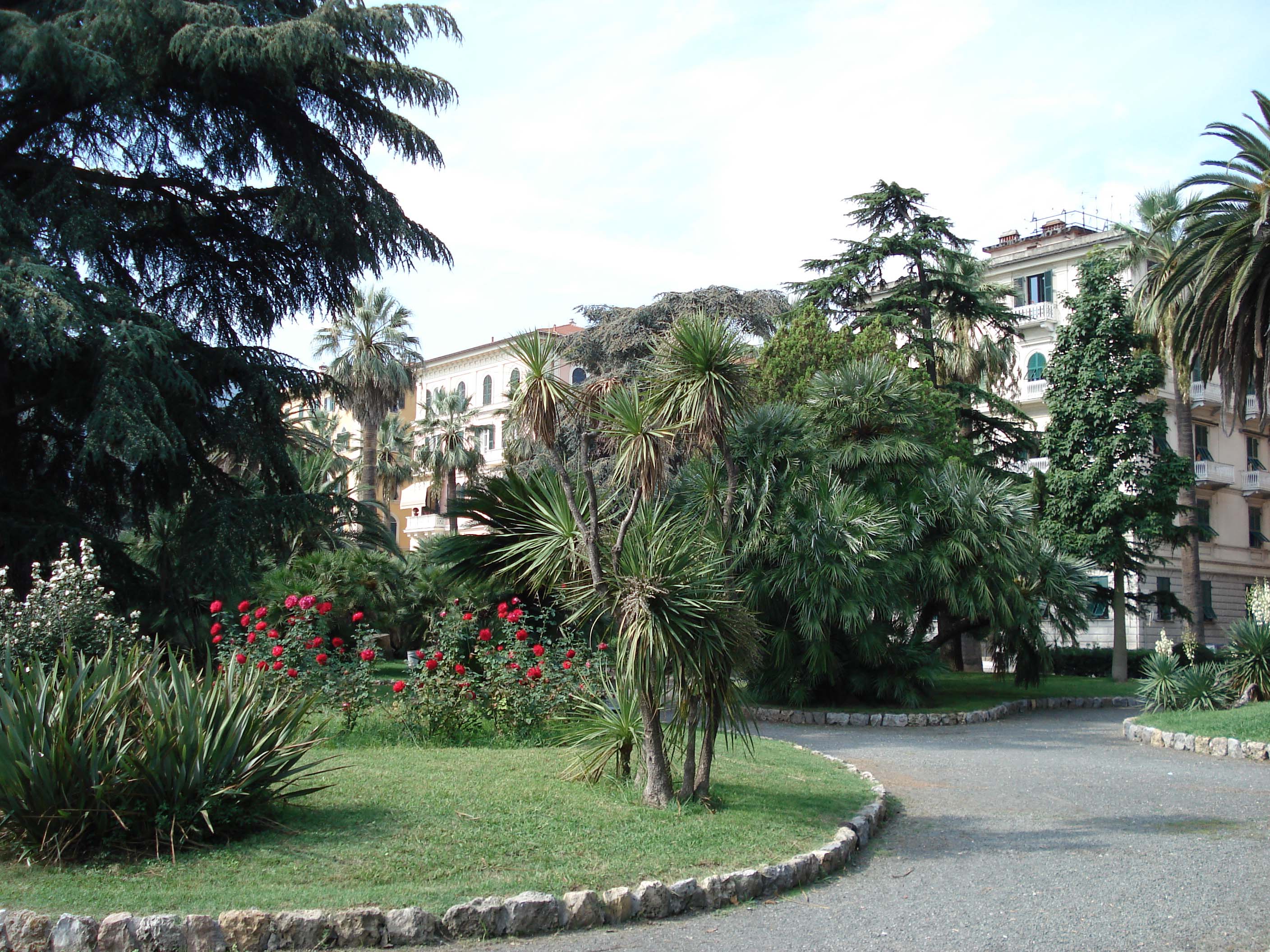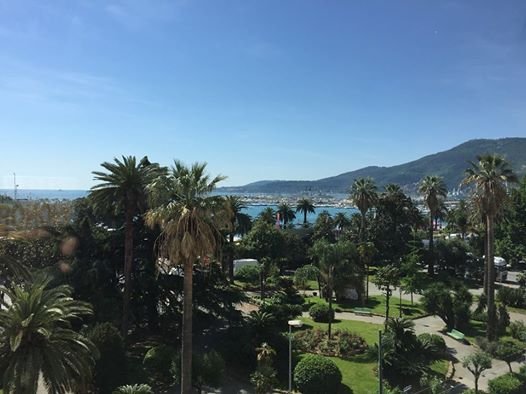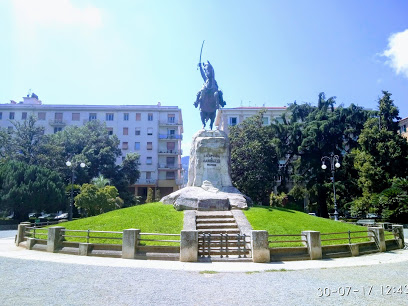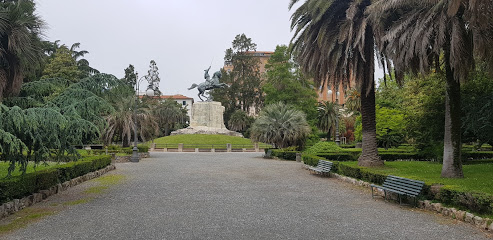Balco della Musica The birth of the La Spezia public gardens dates back to the Napoleonic era.
In fact, as early as 1825, it was planned to build part of the park between the city center and the beach. This park, called "Il Boschetto", has inside "Palco della Musica", an exquisite work of freedom style and several bust in memory of the most illustrious La Spezia and a series of evergreen plants to represent the series of seasons.
The subsequent inauguration of the Arsenal military (28 August 1869) led to the proliferation of green spaces in the city: the digging of ponds for the construction of ponds and shipyards provided an enormous amount of material poured into the sea to be used as land for the implementation of gardens and gardens that still exist today. This rectangle between the waterfront and Viale Mazzini, between Largo Fiorello and Via Persio. Top
At the end of the 19th century, during the appointment of Mayor Paita, the gardens began to take shape similar to the present one, a form that was finally obtained in the first 20 years of the 20th century with the important work of the painter Felice del Santo, who came to realize the monument of Giuseppe Garibaldi, By the sculptor Antonio Garrell, small flower pots bordered by boxwood embellished with exotic plants (cedar, magnolia, palm) and not (marine pine, agave, orange).
La Spezia Public Gardens is the real main city of the city, with large lush and well-kept spaces.
Within the complex is the sculptor Antonio Garilla, dedicated to Giuseppe Garibaldi, and one of the most important gathering places in the whole city, the center of Salvatore Allende.
The bronze work of Garilla, placed at the end of Via Cavour in 1913, represents the world champion standing upright on the hind legs.
This fixed solution, given the total weight of the sculpture touching sixty-five, can give an idea of the grandeur of the work of the Florentine stadium arena.
Finally, the Salvatore Allende Center, dedicated to the character of a Chilean statesman who died mysteriously during the 1973 Pinochet coup, and which reflects the city's sensitivity and interest in social issues, is home to a large exhibition space in which, during the year, exhibitions, exhibitions and concerts are organized. And music festivals, including Pop-Eye.
x
T
R
F
I
H
I
We have 16614 Parks Now ... The First and largest platform for green public parks
Giardini Pubblici - La Spezia
Giardini Pubblici - La Spezia
19121 La Spezia, SP, Italy
Every Day : 24 Hours .
About Park
-
Preview
Includes several bust in remembranceImportant Information
-
Every Day
24 Hours -
Foundation Date
28/8/1869
-
Every Day
-
Intertainment Elements
Sports
Sitting places
Entertainment
Restaurants
Trips
Kids area
-
Main Elements
- Cleanliness
- Green areas
- Open spaces
- Open paths for walking
- Attractions





